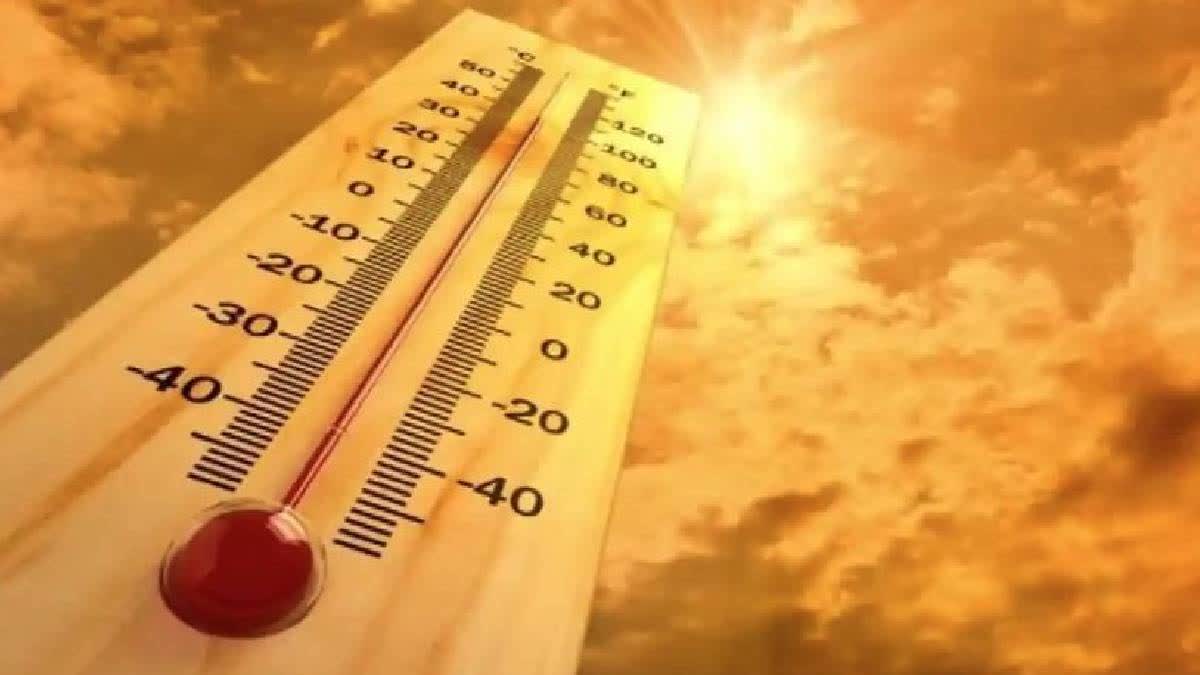New Delhi: Asserting that animals with high metabolic rates (high milk yielders) and low sweaters (pig, dogs) are more susceptible to heatwaves, the Ministry of Fisheries Animal Husbandry & Dairying has issued an advisory to all states and union territories directing the animal husbandry department (AHD) to maintain close coordination with the India Meteorological Department (IMD) to relay information to local veterinary hospitals and dispensaries for proactive preparedness and response.
The advisory issued by the animal husbandry commissioner Abhijit Mitra, has categorised heat stress severity for livestock into three levels including livestock alert, when the temperature is between 23.9 to 25.6 degrees Celsius; livestock danger (26.1 to 28.3 degrees Celsius) and livestock emergency (over 28.9 degrees Celsius).
Various mathematical formulas have been developed by researchers and research institutes to assess the severity of heat stress in livestock. These formulas typically assign a score on a 100-point scale, which is then compared using a standard Temperature Humidity Index (THI) chart.
The THI chart helps evaluate the stress imposed by the prevailing climatic conditions on livestock over time. One commonly used formula for quantifying heat stress in farm animals is the standard THI formula, the advisory said.
“In light of the ongoing heatwave conditions forecasted across several parts of the country, it is essential to address the heightened risk and vulnerability of livestock during this period. As part of our continuous efforts to ensure the welfare of all animals, the department has developed an advisory for livestock in response to the heat wave situation,” the letter addressed to the additional chief secretary of all States and UTs stated.
Animals transitioning from cooler to hotter climates should be restricted from venturing outside during peak heat hours. It is essential to ensure they have access to abundant water. Acclimatization can be facilitated by gradually exposing them to the hot environment during heatwaves, the advisory stated.
Animals at High Risk:
Young animals, those that are dark coloured, sick with history of respiratory, kidney and liver diseases, bulky, newly shorn sheep, pregnant and lactating animals are at high risk of heatwaves.
Signs of heat stress:
Sudden collapse, reduction in movement, change in posture, increased drinking, lack of appetite, respiratory and breathing changes and decrease in milk production are some of the signs of heatwaves among livestock.
The department of animal husbandry and dairying has asked all states and UTs for ensuring adequate deployment of veterinarians and paravets in heat-prone areas besides stocking veterinary hospitals with essential supplies such as mineral mixtures, life-saving drugs, fluids, and equipment at all times.
There is an urgent need for activating mobile veterinary units for swift response, the advisory said.
“There is a need for collaborating with other stakeholders and agencies for advanced preparedness related to transportation of animals and feed and fodder, power supply, water supply, sanitation, carcass disposal, disinfection, and zoonotic diseases,” the advisory stated.
Read more



